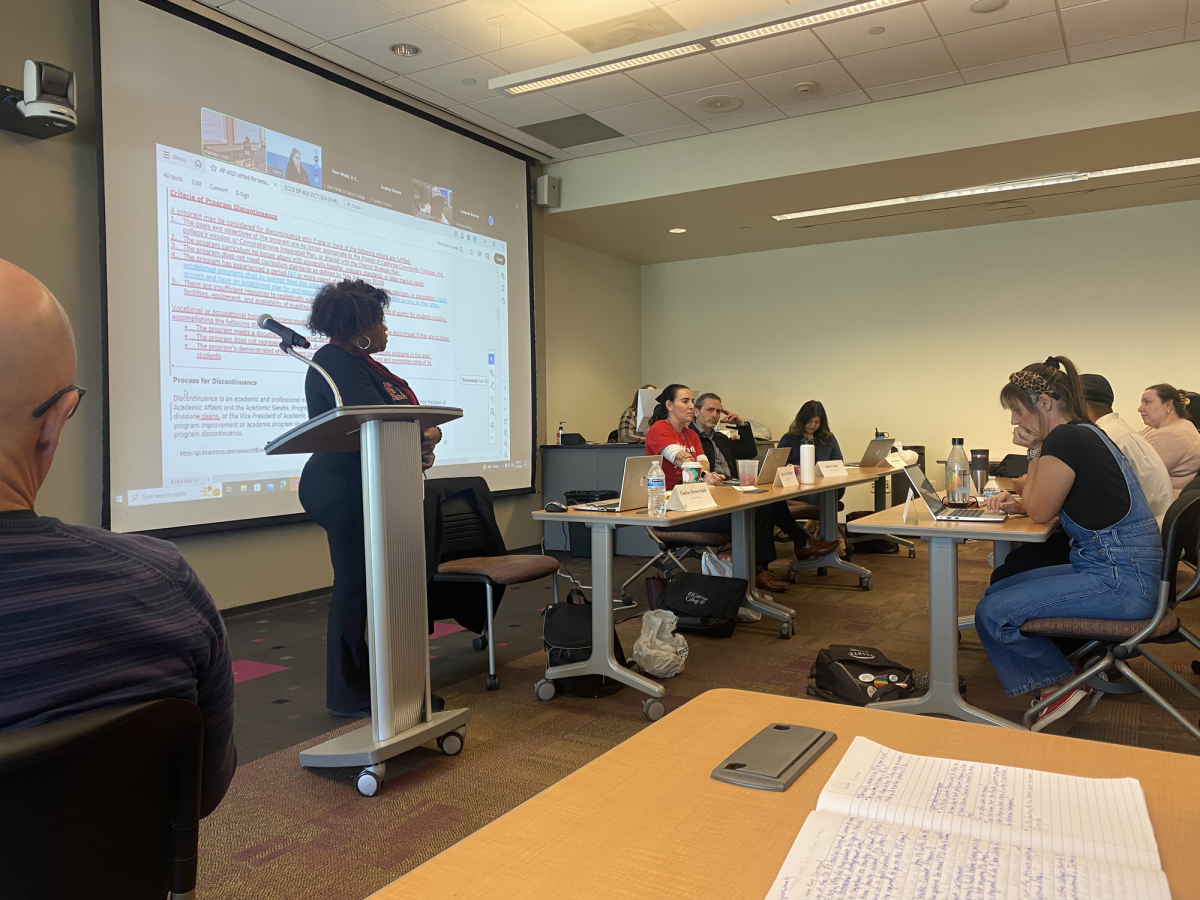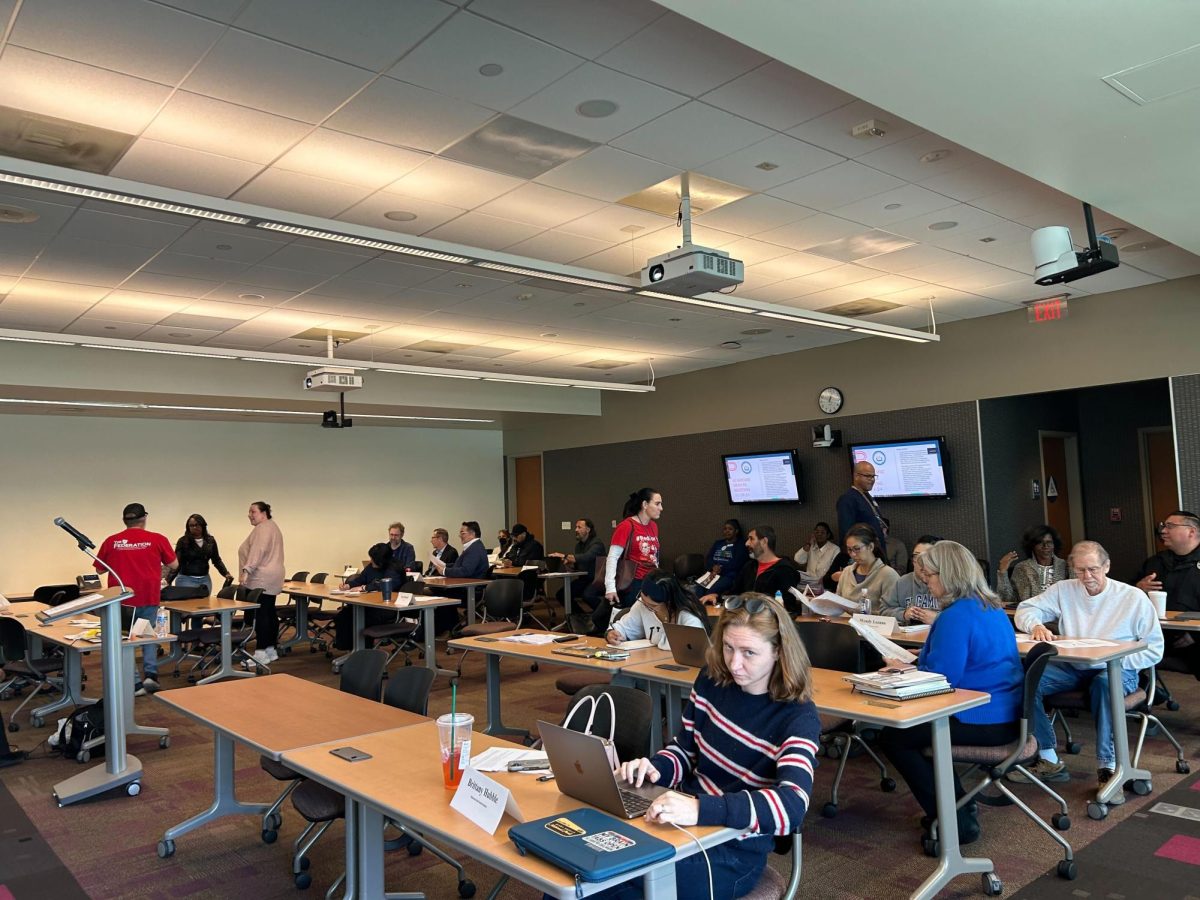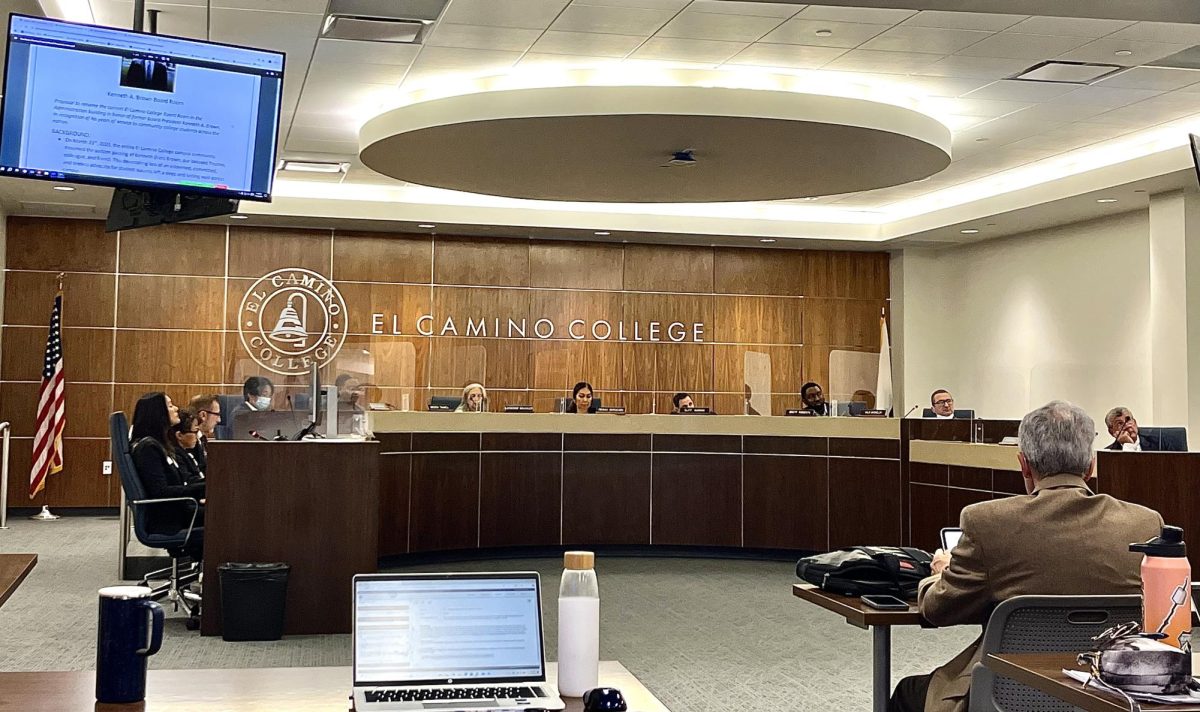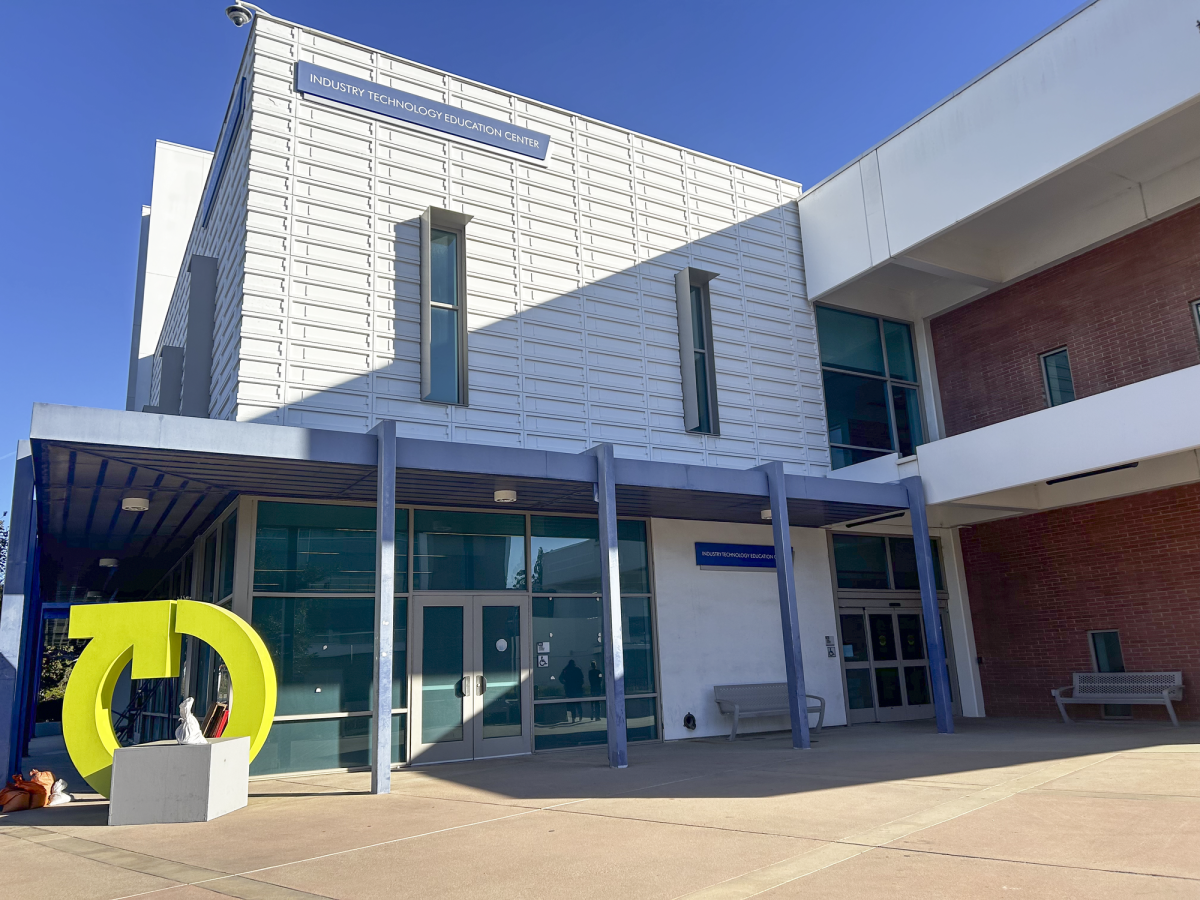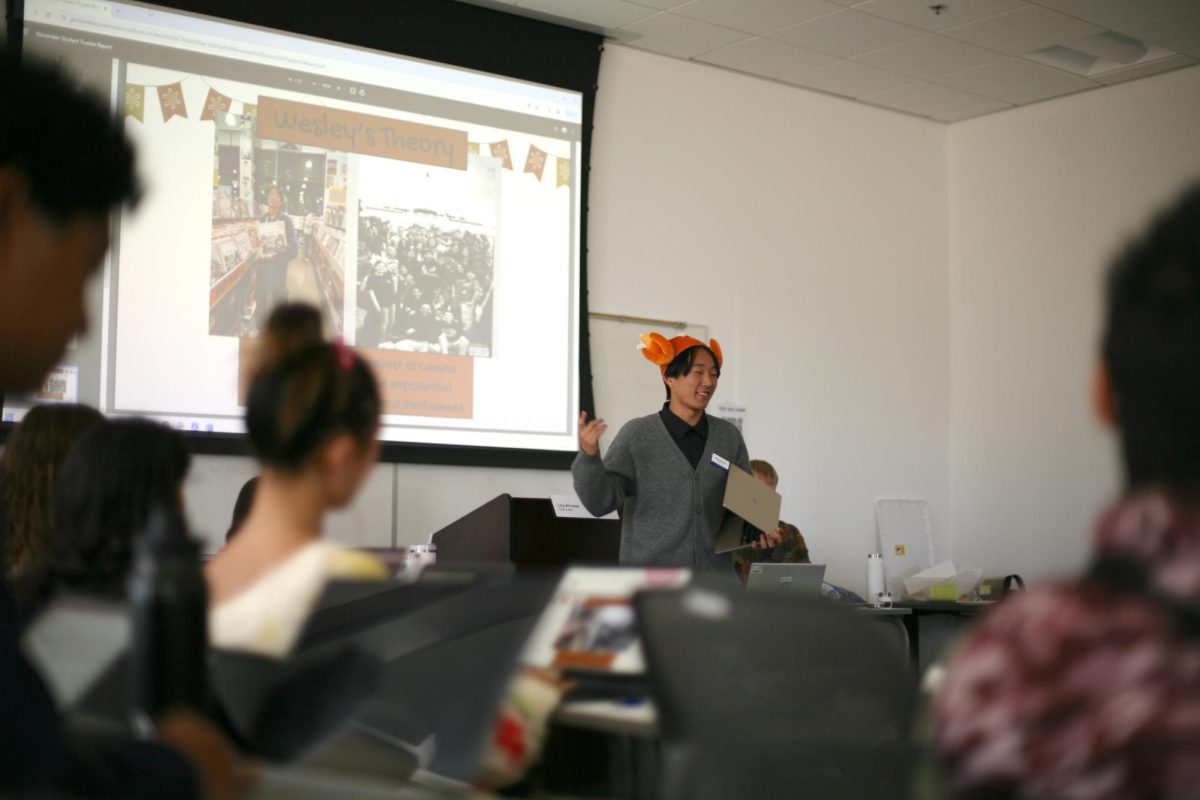Two competing tax-increase initiatives aimed at funding state education, Proposition 30 and Proposition 38, will be appearing on the ballot in November, but only one of them benefits the college, Lance Widman, political science professor, said.
“Which way you vote is going to depend on what perspective you have as to who benefits (from Propositions 30 and 38), and my perspective is the community colleges,” Widman said. “I’ve worked here forty years, and with that perspective in mind I think that (Proposition) Thirty is preferable to (Proposition) Thirty Eight.
Widman said that the main differences between the two propositions were who would be taxed by the initiative and how the revenues from each would be allocated.
According to the Legislative Analyst’s Office (LOA), a nonpartisan organization that advises the state legislature, Proposition 38 would raise personal income tax rates for 12 years on anyone making $7,316 or more per year and use the revenues to fund K-12 schools and pay down state debt.
Proposition 30 would generate revenue by increasing the state sales tax by 0.25 percent for 4 years and raising personal income tax for the next 7 years on anyone making $250,000 or more, providing funds to both K-12 schools and community colleges, according to the LOA.
Kenneth Brown, member of the board of trustees, said that for him the issue of which tax initiative is better was complicated due to his duties as a board member and the fact that he also had children in the K-12 school system.
“With my board of trustee hat on, we (the board) shouldn’t even be talking about (Proposition) Thirty Eight because it doesn’t really help us (the college),” Brown said. “As a father and a community member I’m looking at (Proposition) Thirty Eight going, well if it does the things that its suppose to do the K twelves (K-12 schools) are going to get a bump so I should support this (Proposition 38).”
Brown added that he might vote for both initiatives even though he realized that the state constitution would only allow one of them to be put into effect.
According to the LAO’s website, “If provisions of two measures approved on the same statewide ballot conflict, the Constitution specifies that the provisions of the measure receiving more “yes” votes prevail. Proposition 30 and Proposition 38 on this statewide ballot both increase personal income tax (PIT) rates and, as such, could be viewed as conflicting.”
A student with a similar situation to Brown’s is Dayna Johnson, 28, political science major, who has a 5-year-old son that started kindergarten at Ramona Elementary School in Torrance this year.
Johnson said that Proposition 38 had its strong points in the short term but in the long run she believed that Proposition 30 was the best choice.
“Its (revenue from Proposition 38) a lot more money for K through twelve, that’s the good part about it but what happens when he (Johnson’s son) wants to go to college and classes have been cut?” she said.
In the end it was Proposition 38’s sole funding of the K-12 system and the financial burden it might put on low-income earners that swayed her towards Proposition 30, she said.
“You choose,” Johnson said. “Do you want to pay more taxes and get less benefits or do you want the wealthiest to pay their fair share and we can all benefit?”



